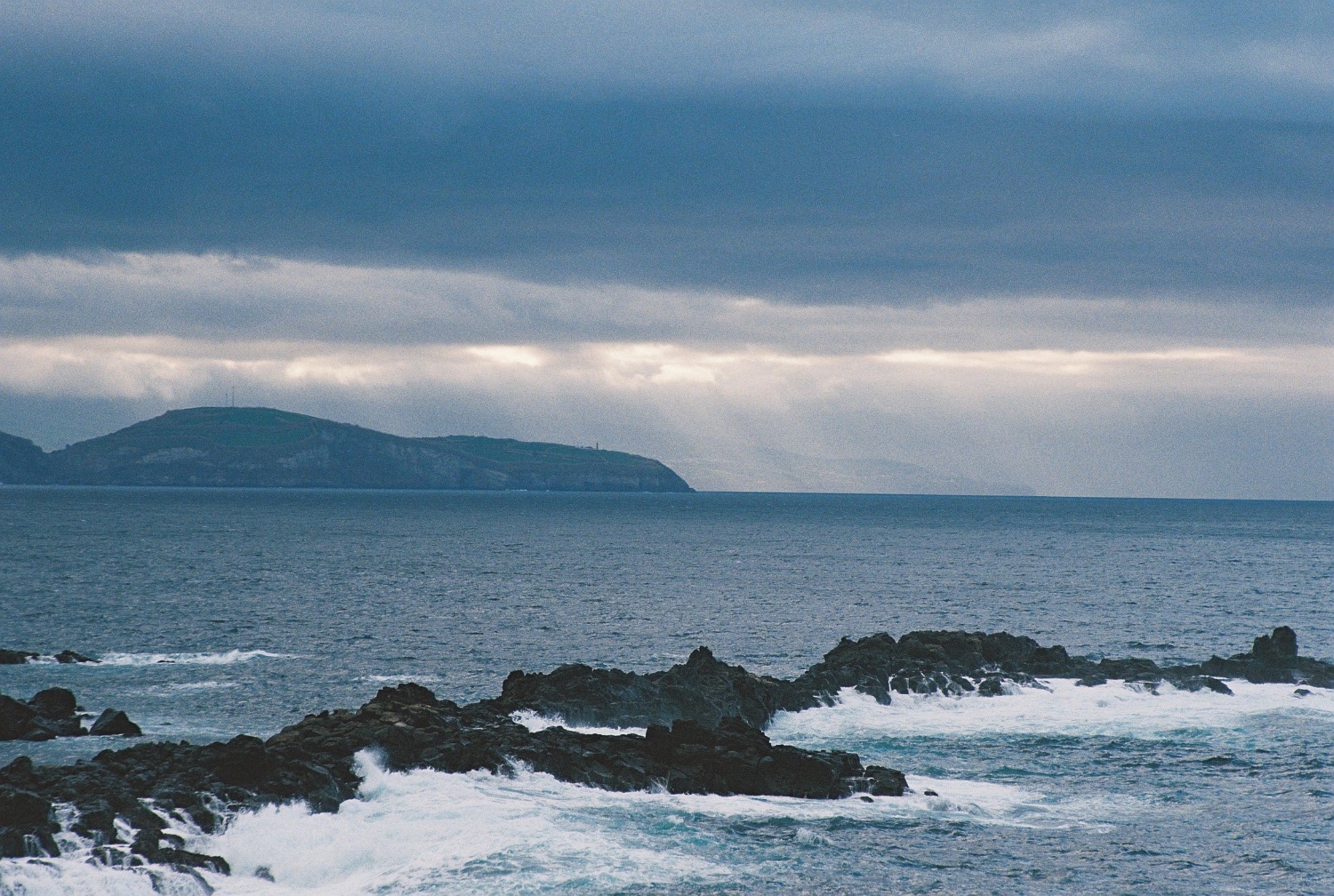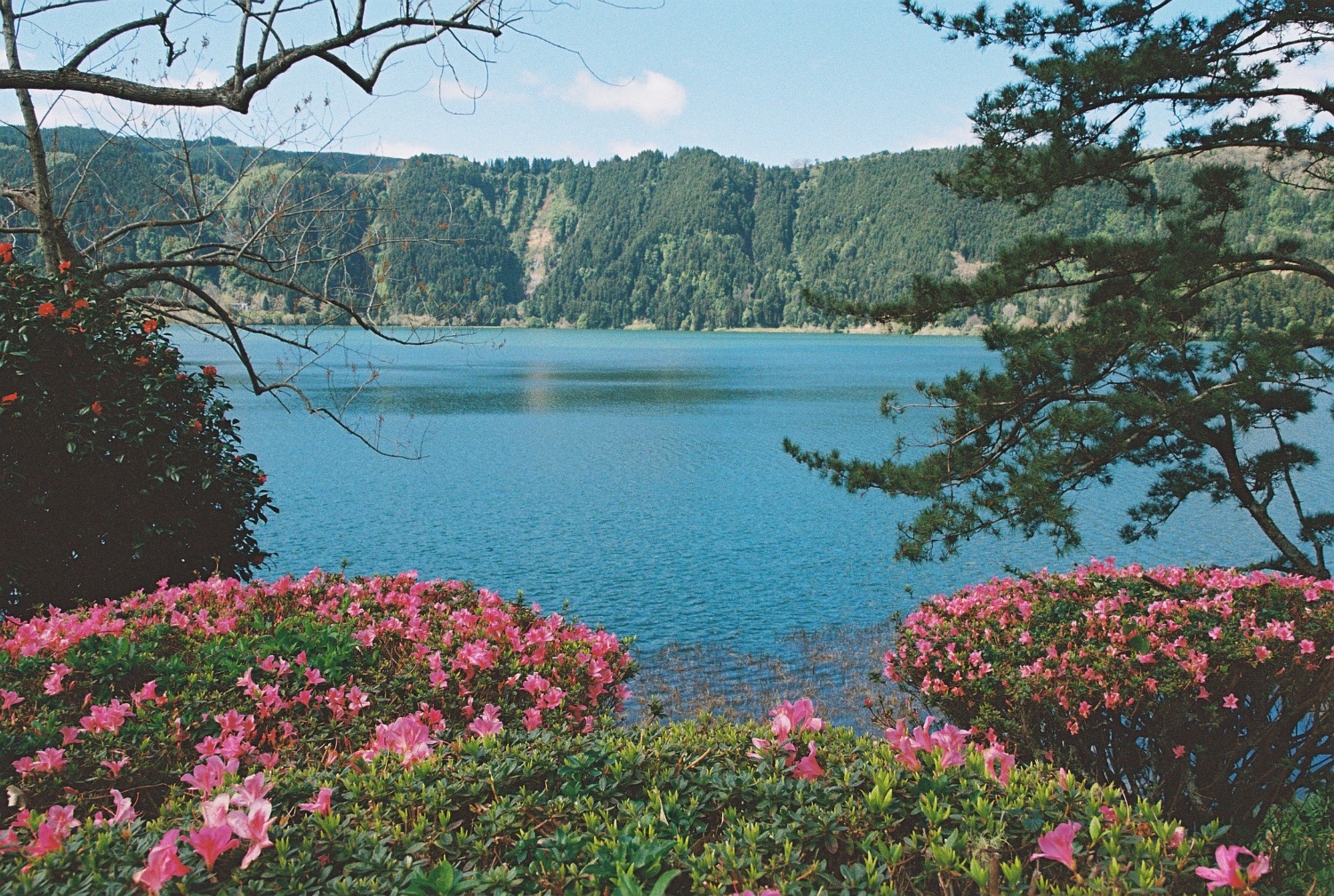Is it run out of a private residence? How could it happen if it’s in a real data center…?
sparky
Seems pretty clear to me. Why would you risk your life if the army doesn’t even want you there?
Yes, Steam takes a cut as well. But the crux of the argument is the monopoly part. You can distribute your game outside of steam - on other app stores, or sell it directly to customers if you want. On iOS, there is literally no other distribution channel. You have to pay Apple and use their thing. That’s the difference.
For what it’s worth, this is also my understanding, as the administrator and operator of this Lemmy instance.
Well not to split hairs, but seeing as they are currently perpetrating Second Holocaust, it would have to be more like Third Holocaust. But the problem with the Israeli comments is that unarmed civilians aren’t very effective at holocausts.
HA-HA, I TOO INGEST CARBOHYDRATES FOR SURVIVAL THROUGH MY FACE ORIFICE. I THEN TRANSPORT MYSELF WITHOUT A SOURCE OF ELECTRICITY. IT IS INDEED CONVENIENT TO BE A BIOLOGICAL BIPEDAL ORGANISM.
As it happens, you shouldn’t trust Lemmy DMs either, as they’re not encrypted and can be read by instance administrators. So don’t use them to say anything that you wouldn’t be okay making public.
Well it’s gonna learn to post crypto spam ads and swastikas then. Which come to think of it.. might be the point
The entire summary on Wikipedia is sales guy bullshit. It’s barely comprehensible.
allowing businesses to streamline their operations, improve customer engagement, and make data-driven decisions. The platform is highly customizable, enabling organizations to tailor it to their specific needs and industry requirements. Dynamics 365 is designed to help businesses unify their processes, gain insights into their operations, and foster better relationships with customers.
Bruh you dropped this: ^synergize^
What the fuck does Dynamics do? Is it some kind of shitty database?
So far I think I can live without Topaz, Photoshop and some other image stuff long term, but to be honest if that turns out to be wrong, I’m inclined to buy a cheap Mac Mini specifically for photo stuff rather than keep Windows around anymore.





I’m not aware of any EU companies that actually manufacture drives. Just a few like Synology who rebadge JP made drives.